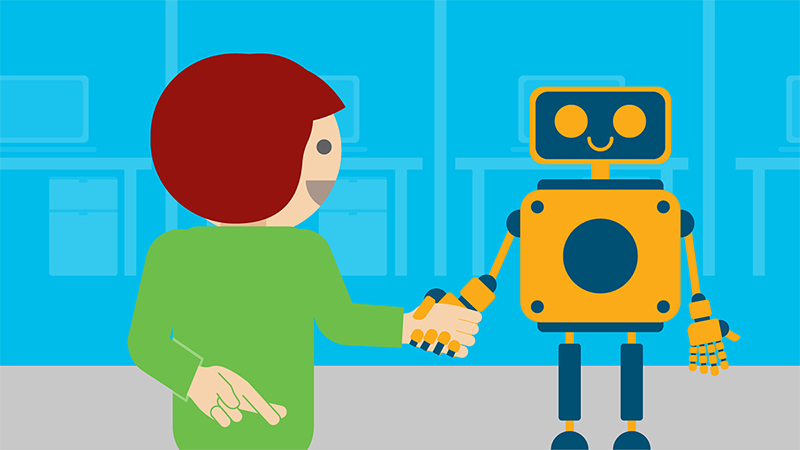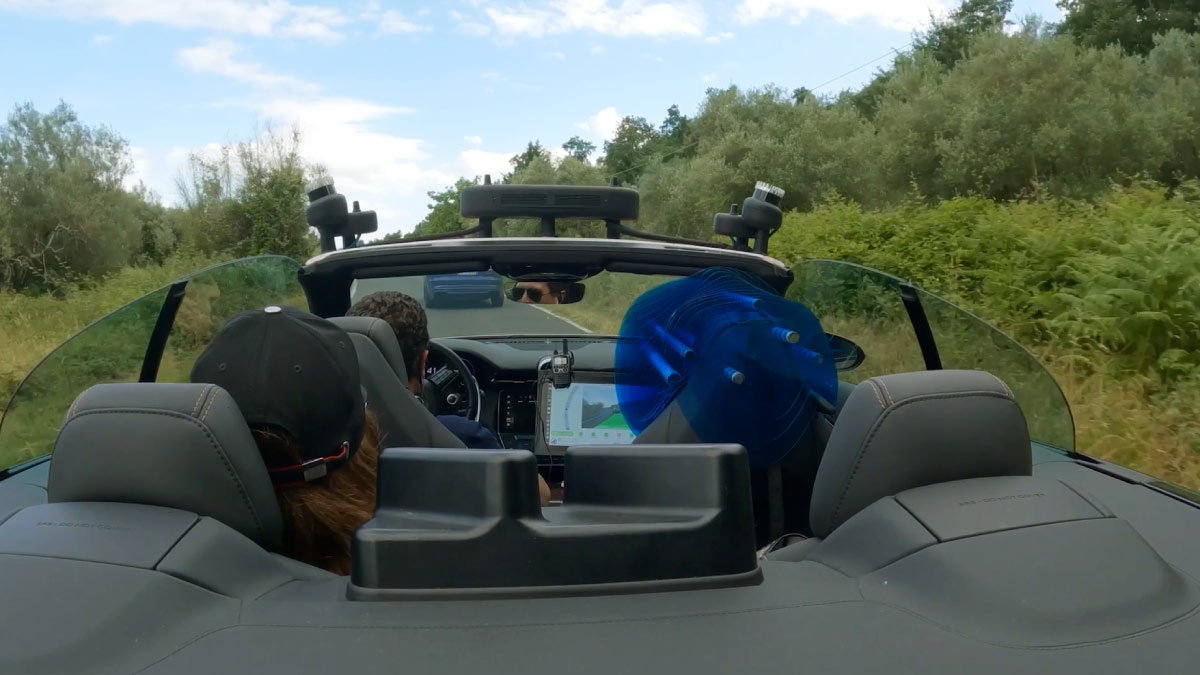The advancement of robots seems to increase day by day–from traversing over snow and sand, to walking into a burning house with a hose. Cue the ANYmal, one of the latest four-legged robots to get noticed on social media. This robot, a part of the ANYbotics company, is intelligent enough to call elevators, roller-skate, and walk through hazardous environments. Equipped with laser sensors and cameras, ANYmal can create 3D maps to help it navigate virtually any environment. The allows the ANYmal to map forestry, inspect energy and industrial sites, and aid in first response efforts.
Roller skating #robot climb stairs, rides elevators, and more >>> @MikeQuindazzi >>> #autonomous #ai #robotics #robots #automation #4IR #IoT #IIoT pic.twitter.com/aXaJVkKy6Q
— Mike Quindazzi ✨ (@MikeQuindazzi) May 29, 2019
Cisco is also entering the robot race. Recently, students from UNC Asheville in North Carolina partnered with Cisco to create a robot called C15CO. This robot uses intelligent sensing to help Cisco employees transport reusable dishes from offices to the kitchen. This project was a part of the company’s solution to achieve a new zero waste goal for its North Carolina campus. With $10,000 from Cisco, 10 UNC Asheville students used LIDAR (Light Detection and Ranging) technology, mecanum wheels, and control algorithms to allow C15CO to navigate through humans and hallways.
Just as the intelligence and prevalence of robots has been on the rise, so too have the fears about these automatons taking over humans’ jobs. AP News reports that a quarter of U.S. jobs will be disrupted with the acceleration of artificial intelligence, including food service jobs, clerical workers, and truck drivers. Future Advocacy estimates 30 percent of jobs in the UK will be automated in the early 2030s.
With this change comes a need for many workers to reskill, plus many other opportunities for growth. The World Economic Forum reports that while robots may displace 75 million global jobs in the next 10 years, 133 million new jobs could be created through this change. We could also see prices on goods and services drop because of automation, and it may create economic growth through higher productivity.
There are plenty of examples of robots and humans working side-by-side to achieve greater goals. Robots at a nursing home in Italy accompany the elderly to the dining room and remind them to take their medications. The FANUC robots at automotive plants are so efficient that it greatly reduces production downtime, and robots in Japan help water and harvest crops. Every industry can anticipate a positive disruption through AI and machine learning.
###
We welcome the re-use, republication, and distribution of "The Network" content. Please credit us with the following information: Used with the permission of http://thenetwork.cisco.com/.




